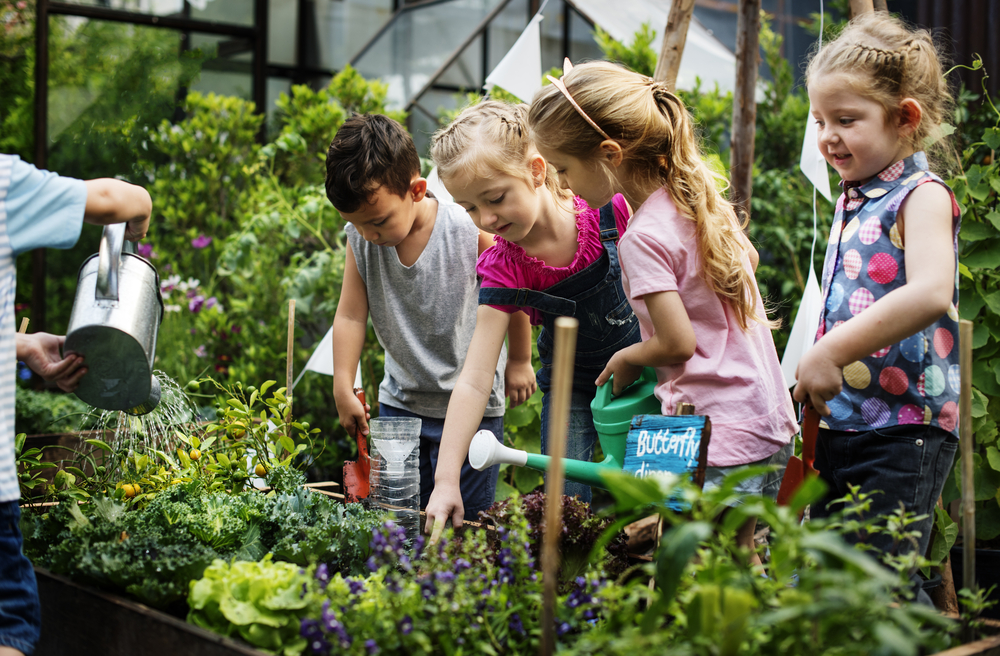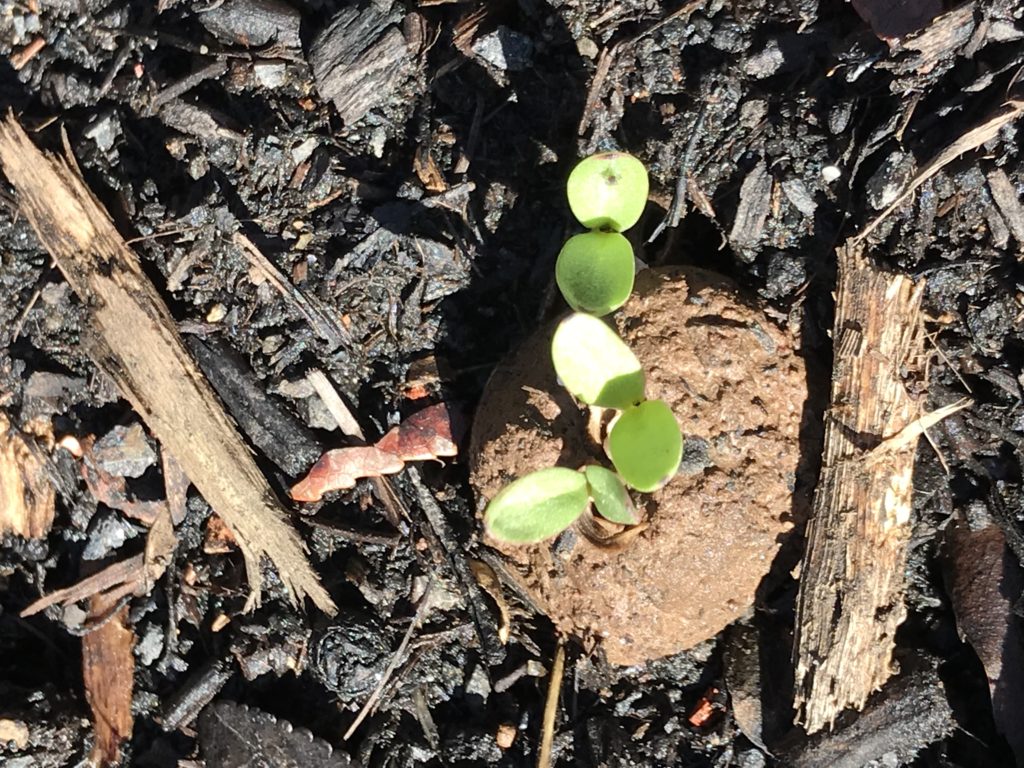

For the sake of transparency – I run a seed ball business called Seed Balls Australia, which is still in its infancy. Rest assured, I am not trying to sell you anything, I’m just really proud to be able to share my knowledge and affection for such a fabulous natural product!
I sell my seed balls at markets and have them stocked in a number of shops. I have also had them purchased for party bags for both children’s and adults’ parties. I have dressed them up beautifully for wedding favours and am currently working on a range of funeral seed balls. As part of my work with Jindalee Ag, my seed balls have been used in roadside revegetation, landscaping projects on new housing estates, civic works and mining regeneration works. I use open-pollinated non-GMO seeds and have used flower, herb and native seeds with excellent results.
I genuinely believe that seed balls are a fabulous way of planting and this will explain why.

Seed balls have been used for centuries as a means of sowing seeds. The Japanese farmer and philosopher Masanobu Fukuoka used them to reclaim desertified land (land degraded by poor farming practices) in rural Japan. In alternative agriculture, Fukuoka is very well known. Fukuoka wrote about his use of seed balls in his books “One Straw Revolution” and “Sowing Seeds in the Desert”. Fukuoka used the seed ball method to sow all his crops including rice and wheat, coating each seed in compost and clay prior to distributing them in his fields and paddies. His yields were dramatically increased using this method.
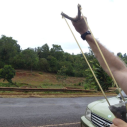
The benefits of using seed balls to plant are many and varied and include the fact that you lay them on top of the soil rather than planting them, so no digging is required. The clay protects the balls until there is enough rain (or water from a hose or irrigation system) to penetrate the balls and stimulate the seed to germinate. The seed is protected from rodents and foraging animals, and for added protection, they can be coated in cayenne pepper or chilli powder before they are dried. The seed will sit dormant until the weather conditions are correct for germination. They are not likely to be blown away in high winds so suit exposed sites. Did I mention that you can just throw them in the garden or sit them on top of the soil in a pot? The balls can be used to plant on sloping sites as they can be tossed onto the site -you can even use a slingshot to scatter them. Imagine the fun a group of kids (or big kids for that matter) could have in the name of native regeneration. I can see groups of Scouts out in National Parks scattering seed balls as directed by Landcare.

In Kenya there is an ongoing program of Jungle regeneration with indigenous trees and grasses, using seed balls. The balls are made by hand giving employment, then they are spread throughout specific areas by a number of different methods. The program works with schools to encourage and educate young people in their environment. I believe slingshots are used in this part of the program. The slingshots are made specially with the top of a plastic soft drink bottle (with the lid still in place) where a number of balls can be placed and shot off at the same time. The balls are also scattered using drones, helicopters and planes to reach less accessible and steep terrain. The program began in September 2016 and since that time over 7 million seed balls have been spread. Charcoal is used in Kenya as the binding agent rather than clay. The balls are also available for purchase to other East African countries for revegetation programs which provides further funds for the program.
Seed balls have been featured on both Gardening Australia and Better Homes and Gardens in the past year. An internet search or a search on Pinterest will come up with hundreds of ideas and suggestions.
Seed balls can be made from compost and Papier Mache or compost and clay. I use the compost and clay method myself.
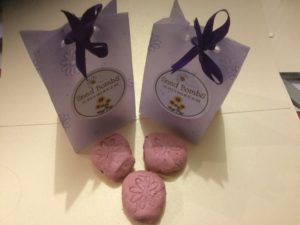
These balls were made using air drying clay which gives quite a decorative finish and achieves the same outcome but takes much more work and is more expensive.
Children love making seed balls (who doesn’t like a nice messy and very tactile activity). After drying the balls, the spreading of them is another fun activity with children. They can then monitor the changes in the balls over a period of time.
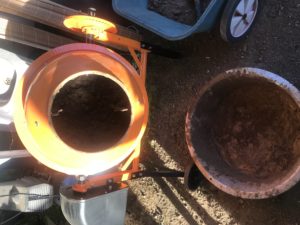
My production of seed balls is on a much larger scale but still involves each ball being hand made. I start my process with clay that comes from my property so it requires a bit of digging out. Jindalee Ag’s Certified organic premium compost is my choice for the compost component. It is an excellent quality product making it very easy to work with. I have used other commercially available compost and have found large pieces of all sorts of things in them and this slows down the manufacturing process for me. The clay then goes into a concrete mixer (never used for any other purpose) along with compost and water and it mixes for several minutes until I have deemed it has reached the ideal consistency. The mixture is then poured into a very large metal bowl and kneaded by hand to remove any small lumps. Once lumps are removed the seeds are embedded and the balls rolled. In summer drying happens in the sun and takes just a couple of hours. In winter the process occurs in a Dehydrator at a very low temperature for 3 hours.
Overall, seed balls are easy and fun to make and can be very cost-effective, especially if you grow and gather your own seeds. The germination rate from seed balls in my experience is excellent. I have always liked planting from seed but have not always had great success with germination until I started using seed balls. Making seed balls makes a great school holiday activity. Maybe child-made seed balls could be added to gifts this Christmas.

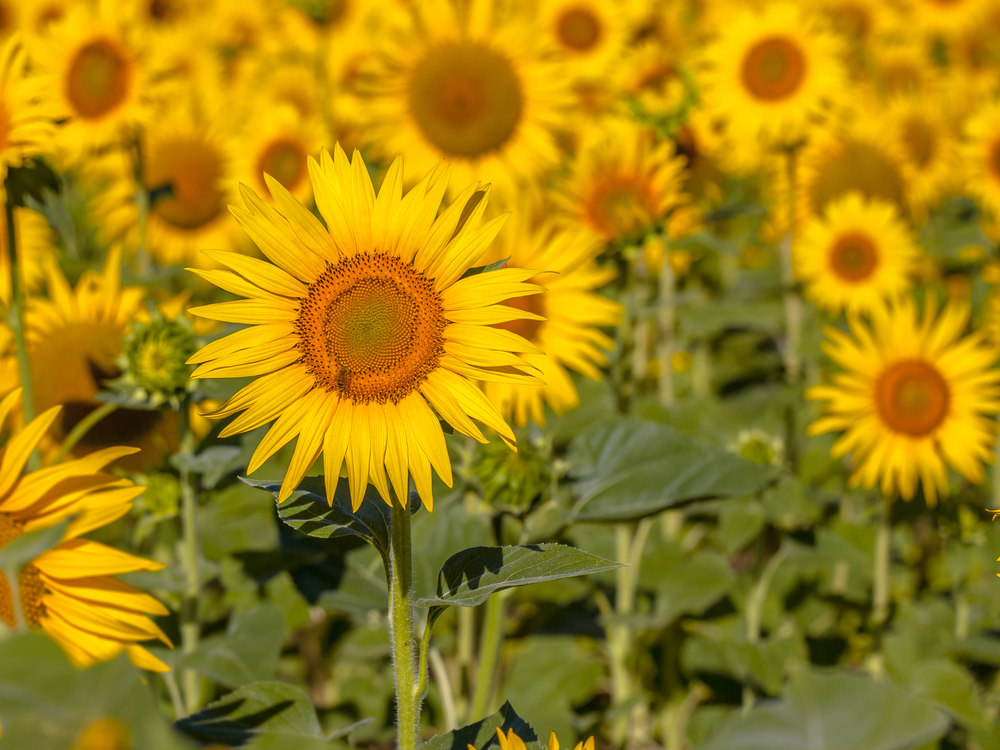
Last week I talked about bees as they deserve a post of their own. It has been reported that every fourth bite of food you eat is there due to bees. Personally, I think every bite of food we eat (unless you are eating synthetic manufactured foods) is dependant on bees. We should all be planting at least a small area of habitat for bees but don’t forget the other beneficial insects too.
This week, I am looking at other beneficial insects. All insects have their place in the world (I don’t quite understand the Mosquito’s place in the world but there must be one) and if any one insect is removed completely then the whole insect ecosystem is thrown completely out of whack.
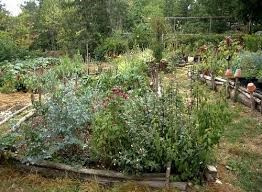
If you have an insect attack in your garden there is imbalance somewhere. If your soil is healthy you will grow strong healthy plants. Soil needs attention at least twice per year. I attend to my soil regularly by feeding it with mixtures I make myself from weeds, nettles and manure, as well as applying compost twice per year. When I am resting beds, I apply manure and mulch them heavily with straw or ruined hay. By paying careful attention to the soil I tend to have strong healthy plants and little or no insect attack of any significance. I am not saying by any means that I don’t have bug attacks on plants, but they tend to be minimal and I don’t worry about them. Having said that I think I have now jinxed myself and will have a catastrophic attack in the near future.
By not planting monocultures of plants but rather mixing things up you confuse insects. I love the look of market gardens with neat rows of plants all growing alongside each other but in reality, this type of gardening relies upon pesticides. There is far less work in pest control if you grow your plants all mixed up.

Cabbage moths love cabbages, broccoli and cauliflower (Brassicas) but if you have other plants growing around your brassicas you will confuse the moths. If your plants are strong and healthy, they are also less susceptible to attack. A simple way of confusing Cabbage moths is to cut out a butterfly shape from white plastic, an empty yoghurt or sour cream container is perfect for this and attach it to a stick so it hovers above your plants. The moths are territorial and won’t bother to attack plants already being eaten.
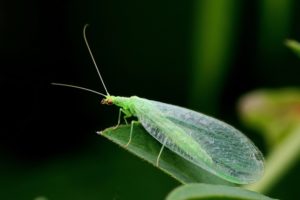
Lacewings are an insect that provide great services to gardeners. They prey upon Aphids and other soft-bodied insects that feed on your plants. If you have lacewings in your garden, you have a great ally on your side. Plants that attract Lacewings are Fennel, Alyssum and Daisies, all great plants to have mixed into your garden as they also attract other beneficial insects and are very attractive plants in their own right.
Ladybirds are another great worker in the garden. They are cute and kids love to find them too. They also inspire some people to instantly start reciting verses about Ladybirds! Ladybirds love Aphids so if you have an aphid infestation you are in need of some ladybirds. The same plants that attract aphids (Roses) will attract Ladybirds.

There is also a 28-spot ladybird that is not so beneficial as it will actually eat your plants. They are a large insect, orange in colour and have 13 spots on each wing (someone was either very poor at maths or couldn’t count when they named this ladybird.). They are particularly attracted to tomatoes, potatoes and other plants in the Solanaceae family, as well as beans and cabbage. If you see ladybirds on damaged leaves of these plants, they may well be 28-spot ladybirds. The easiest way to control them is to pick them off by hand and have the chooks deal with them.
The best way to attract beneficial insects to your garden is to have a large variety of flowering plants mixed in with your vegetables. Marigolds, Borage, Rosemary, Lavender, Daisies, Alyssum and Cosmos should all be on your lists to include in your vegetable gardens. Leave some weeds in place and provide some areas that insects are able to use for living and breeding. Some rocks piled up in a corner, a hollow log in the back of a bed, they don’t need to be large and spectacular but they provide habitat for the bugs and animals we need to encourage into our gardens.
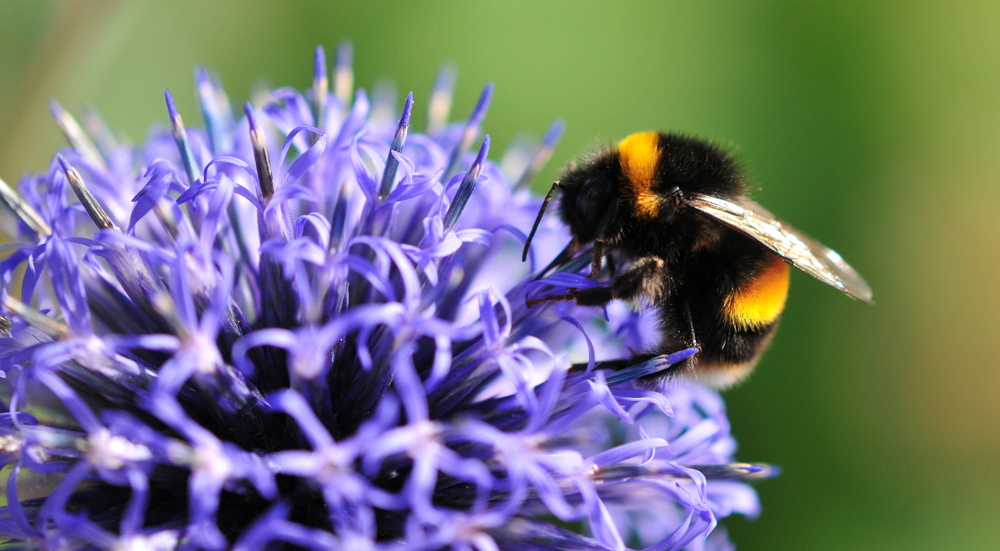
Bees are the building blocks that the world is built on.
It has been prophesised that if bees disappeared from the earth, humans would also cease to exist. The length of time it would take for humans to become extinct has not been precisely determined and would probably depend on factors such as management of food stocks at the time of the catastrophe (this could be the subject of a dystopian novel!) behaviours of different countries and the list could go on and on.
If the humble bee was not around to pollinate our fruit, vegetables and crops, we would starve. Not even Trump and Morrison sending missions to Mars would save us. In my humble opinion, the money to be spent on trying to colonise Mars would be better spent on research into our current issues including the diseases that are threatening to wipe out bee colonies worldwide. Arguments could be mounted that crops could be artificially fertilised and food could be synthesised in some laboratory somewhere and these practices are already being researched and are in existence, but the current world population could not be maintained and what would our life look like under this system (I am sure there is a dystopian novel out there that covers this). I know how I would rather live.

Many individuals and organisations globally are working to prevent further damage to bee health. I attended a forum in Albury earlier this year where Toni Childs (the sultry-voiced singer from the 90’s) spoke to Bee Keepers about her organisation that aims to increase bee health. There are an enormous number of organisations with similar aims. A google search of bee organisations will bring up a number of organisations from local Bee Keeper Associations to global organisations. There are a number of organisations that use social media as a fundraising platform through sales of bee specific jewellery etc. There are mountains of research and scientifically informed strategies out there so do a little bit of research and go with what you think will make a difference.
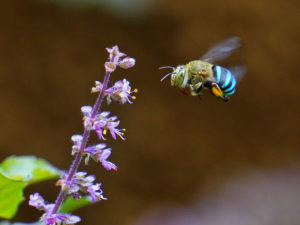
Honey Bees are not the only type of bees that are in danger and we need to also be aware of native bees, both those who live in colonies and those who are solitary. Many native bees are indigenous within a specific area so it is worth doing some investigations into your own region to determine what types of bees you have potential to host at your place.
Personally, I don’t keep bees as my husband has a severe allergy to bee stings (he is aware that when a hive appears on our land it is a not so subtle message that his days are numbered!) so I see my role as a bee warrior and habitat provider. A common thread throughout this JAG Blog is that we don’t have the power as individuals to influence governments and policy-makers, but we do have the power individually to alter our own small environment. There are hundreds of things we can do to improve the plight of local bees; I will outline a small number here but there are many more.
Possibly the most obvious thing we can do individually is to reduce or totally remove the use of pesticides in our own environment. I don’t like flies and European wasps but I can live with them and there are a range of other strategies to reduce the numbers. I use natural baits for fruit fly around my fruit trees as I believe that is a responsible thing to do. The use of pesticides and herbicides can be a very divisive and inflammatory topic so I will not get into it too deeply here, suffice to say do what you think is best in your environment.
Water is essential for the survival of bees. Providing flat dishes of water throughout your garden that you refresh regularly throughout the hot summer months is beneficial. Placing rocks, glass beads or small pieces of wood in the water give bees (and other insects such as butterflies) a place to perch as they drink, reduces the chance of drowning. I have read that bees will travel up to 5 kilometres in search of water sources so even if you don’t have beehives near you there may well be native bees and others that you are not aware of who can use a source of water.
Food is the other essential for bees. Over the winter I noticed that the rocket that I left to go to seed was attracting large numbers of bees along with the Calendula I planted specifically to attract bees and other beneficial insects. Plants that have gone to seed may not look overly attractive in a neat and tidy garden (a perfect excuse to have an untidy garden) but they have their own beauty and will provide you with seeds that you don’t need to pay for that are adapting to your specific environment. I follow Permaculture Principles within my garden so I don’t plant in neat rows and I allow most plants to go to seed so that I always have surprises popping up in the garden.
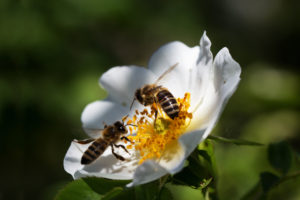
Plant a wide variety of flowering plants that flower at different times so that you always have something flowering. Perennials such as Lavender and Rosemary are highly attractive to bees along with some plants that people classify as weeds such as Dandelions. Any and all flowers will attract bees to varying degrees. If their favourites aren’t available, they will use whatever is available. Those gardens with neatly cut lawns and herbaceous borders are the ones that are deserts for bees. Daisies in your lawns and weeds in your borders are way more attractive but if you have a penchant for neat and tidy gardens plant some flowering bushes and provide watering spots. Apparently, bees will travel up to one kilometre for food so you don’t need to have your own hives to be providing food for bees.
Shelter for solitary bees is as important as the provision of habitat for other native species. Manufactured insect houses are widely available currently and make a great gift for those who are interested in gardens and wildlife, but you don’t need to purchase one as they are quite simple to construct. A piece of untreated timber with some holes drilled (slightly upward trajectory) into it and mounted on a wall or fence will do the job. A terracotta pot with lengths of bamboo crammed into it and left on its side in a sheltered area of the garden also provides habitat.
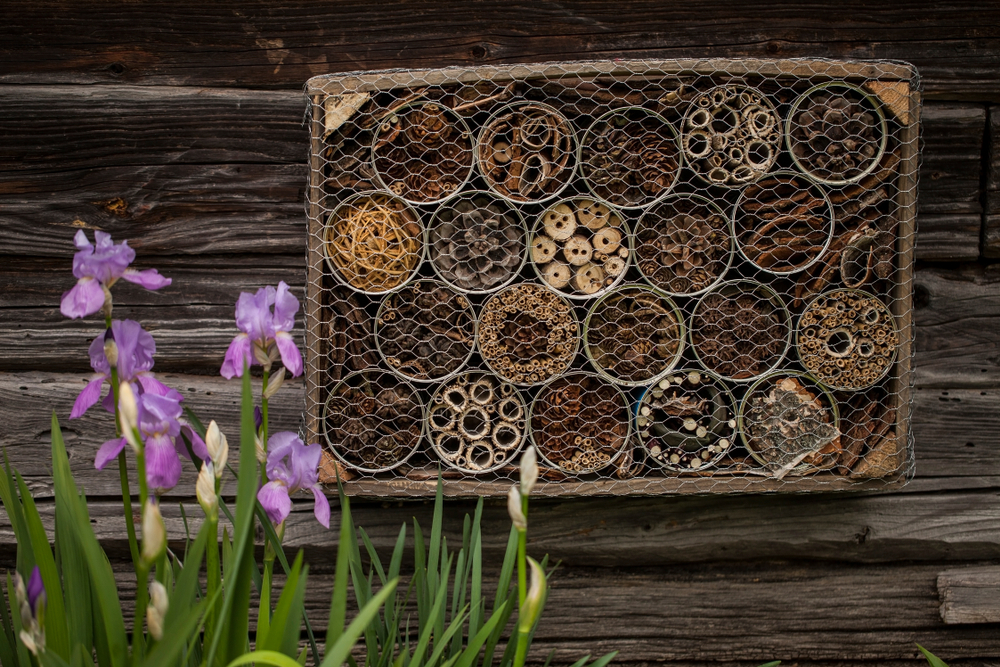
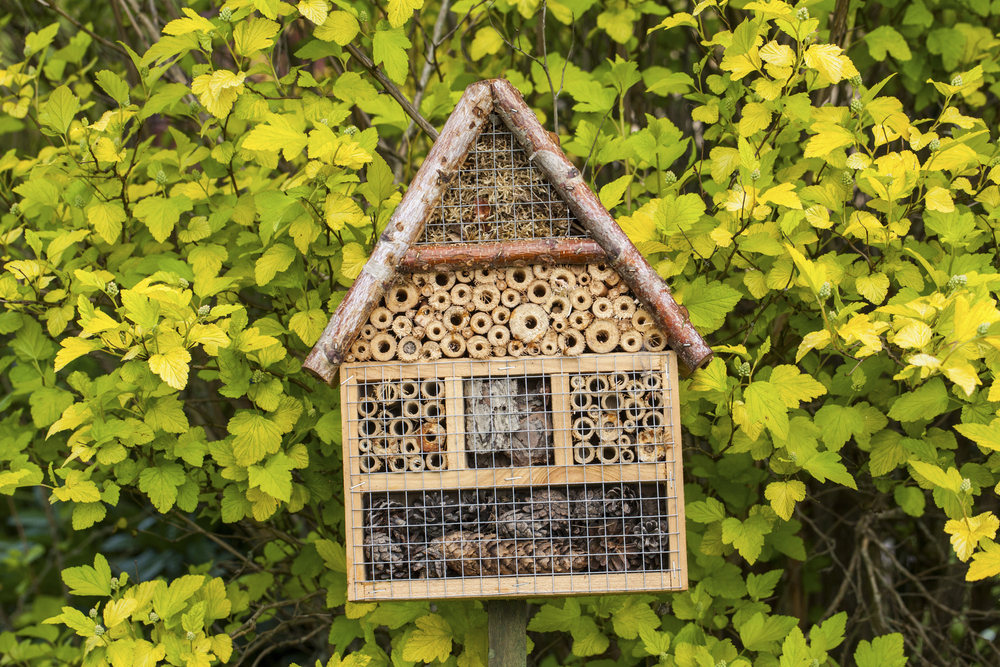
Making just one change to provide for bees is fantastic, focussing on the provision of habitat food and water by a small number of us is amazing. Imagine if each one of us did one thing the change we could make.
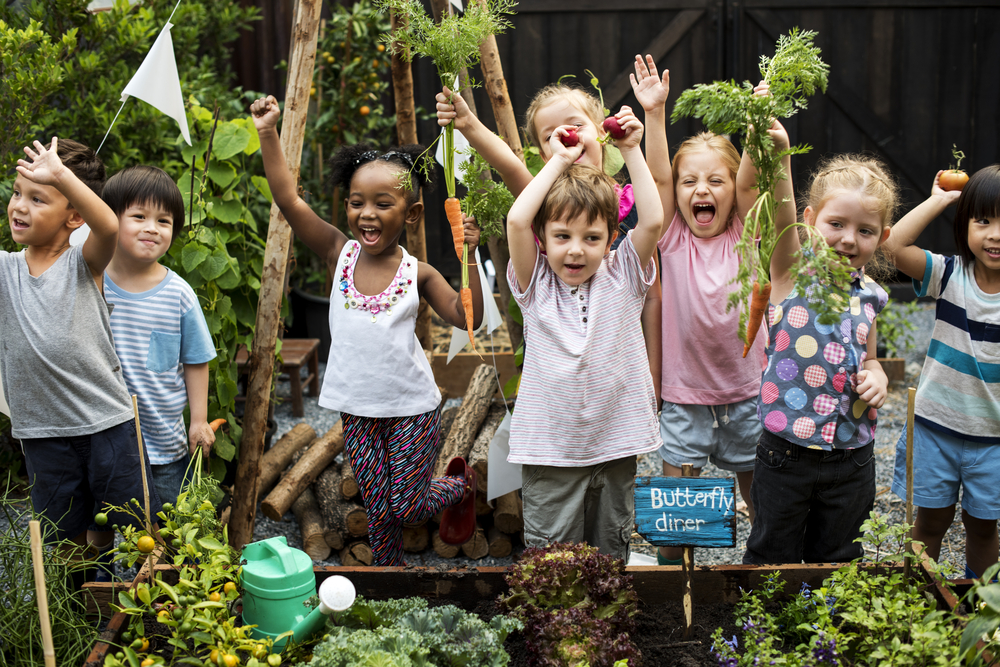
The Woolworths Discovery Garden current “Giveaway” has created a renewed interest in growing plants for children. We have certainly gathered a few and have had a very good germination rate with the seeds. The pots are quite small and need to be planted out fairly quickly and in my opinion, some of the seeds such as carrots and radish aren’t particularly suitable for transplanting. For some of the seeds we have not used the pots but instead planted directly into large containers. The pots can be composted or saved for future use. I love that there is something that gets kids excited about being outside away from screens and spring is such a fabulous time to be doing this. Anything that is going to get kids interested in gardening is wonderful and they have to be better than little bits of plastic that end up in landfill. Let us know what you think about them.
Gardening with children can be a challenge as well as being fun and rewarding. Over the past two years, I have been volunteering in a primary school garden, we call it ‘garden gang. I have had to modify my expectations somewhat as the garden belongs to the children and not me. The kids often want to bury seeds way too deeply or stomp the soil down so hard that nothing would ever be able to break through the compacted crust, I bite my tongue and let them learn through their mistakes. We have plants popping up all over the place and the joy the kids get from watching them grow and then harvesting them is fabulous. I think at times I am not overly popular with the other parents as their children eat all sorts of vegetables that they will not try at home. I have also been told that they have commented to their parents about the way their vegetables are prepared at home. If they have grown them, they tend to be much more adventurous with tasting.
We have a day each term where I cook up some produce and the gang get to try it, numbers are always about double on food day. This term was pumpkin themed as we needed to use up some of our massive haul from last summer. We had pumpkin soup, pumpkin muffins and pumpkin chocolate cake. In the summer term we had Zucchini slice, muffins and chocolate cake -I am seeing a pattern here and may need to try something else next term. The last couple of weeks have seen kids crunching on radishes straight from the garden after a splash under the tap and lettuce leaves. When we planted garlic for the first time many of the kids told everyone we were planting garlic bread so of course after harvest we had garlic bread. Over the last few weeks the gang has spent time picking, washing and munching on radishes and lettuce leaves.
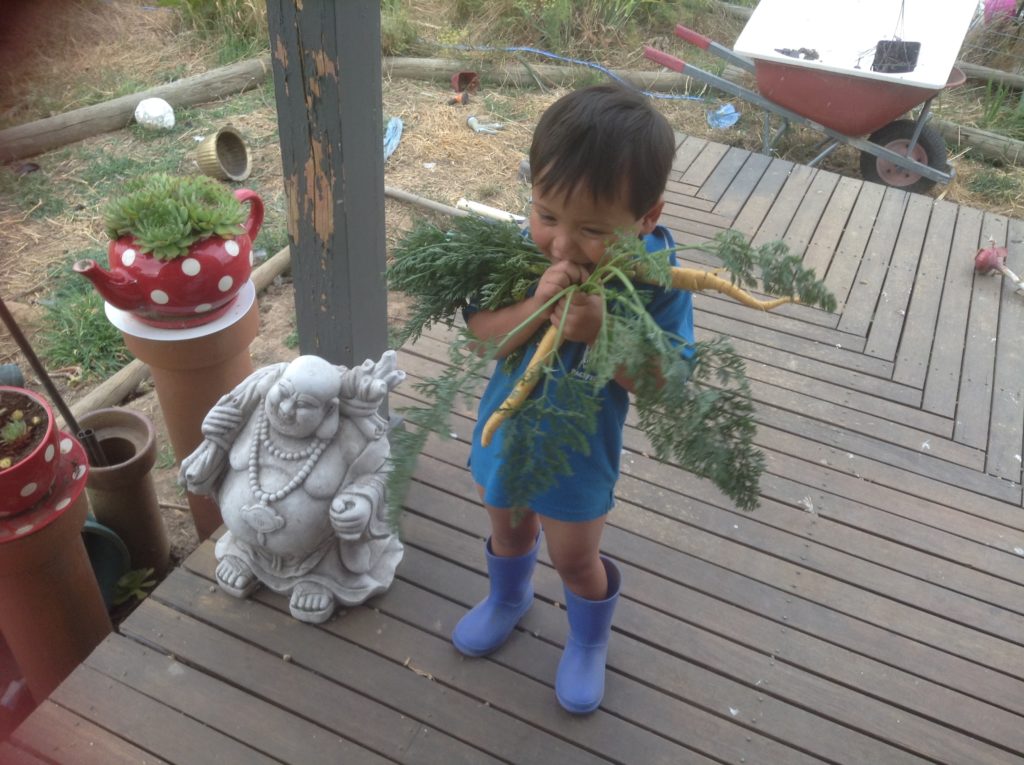
Apart from developing their taste buds the kids are learning about sustainability. We are lucky enough to have chooks and food scraps go into buckets that are fed to the chooks and we use their pooh (the chooks not the kids) to make pooh tea for the garden. The boys in particular love our bin of pooh tea -stinky smells and little boys! We have a worm farm and a compost bin that the kids raised the money for. They are very enthusiastic about what comes out of the bins. Finding bugs in the garden is also a very popular activity and we often have discussions about good bugs and bad bugs in relation to our vegetable growing.
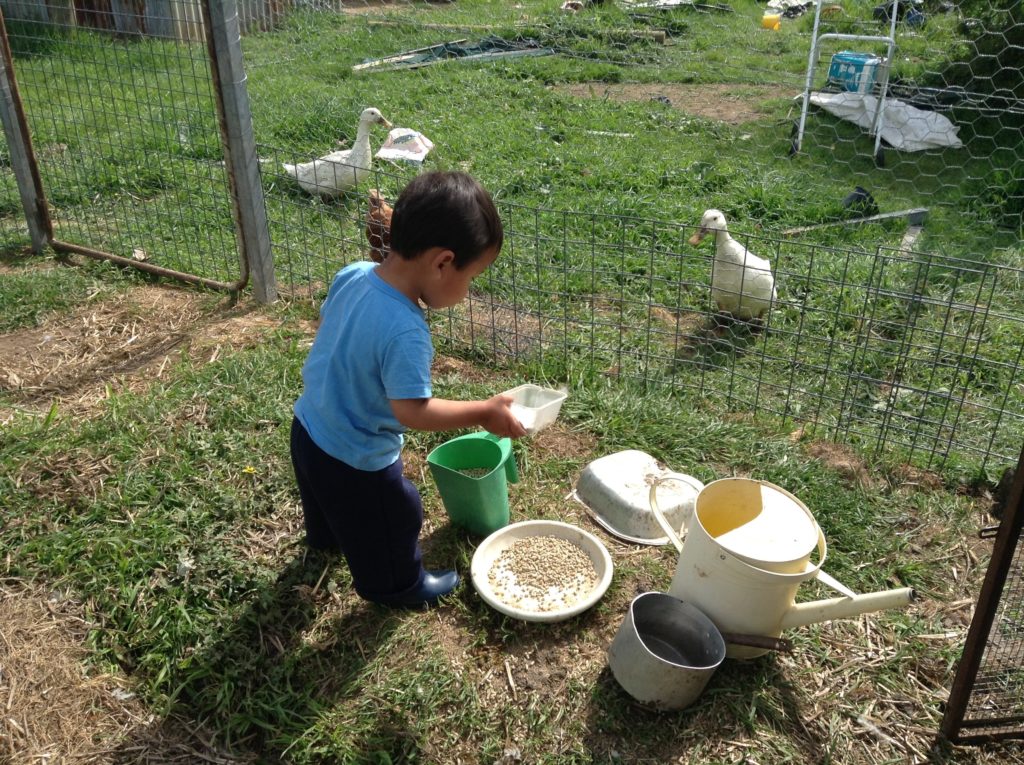
I have a seven-year-old son – yes, I know I don’t look anywhere near the age to be the mother of a seven-year-old but there you go. My little man spent his first 22 months inside, isolated from other children (there were good reasons for this). When he came to us, he had never walked on grass, picked a flower or seen the moon. We needed to do a lot of therapy and the garden was the perfect place for that to occur. We worked on fine motor skills with digging, transplanting seedlings and sowing seeds Gross motor skills were developed through water play and moving around on different surfaces. We went berry picking just days after his arrival and I will never forget the joy (and lots of berry juice) on his face when he sat beside a blueberry bush and ate blueberries, some green ones made their way in too but he didn’t seem to mind. Language skills were developed through talking about plants and insects and naming them all.
I now have a child who loves being outside in the garden. He has 2 fairy gardens (one is guarded by a toy gorilla!) and spends hours rearranging them. He has built lizard habitat areas and inspects out insect habitat area regularly to see what lives there. He can’t wait to see his first blue-banded bee when they arrive in summer. On the first day of preschool they found some curl bugs in the garden and he proudly announced to his peers that they were Paddock Cockchafers -yes, I am that mum.
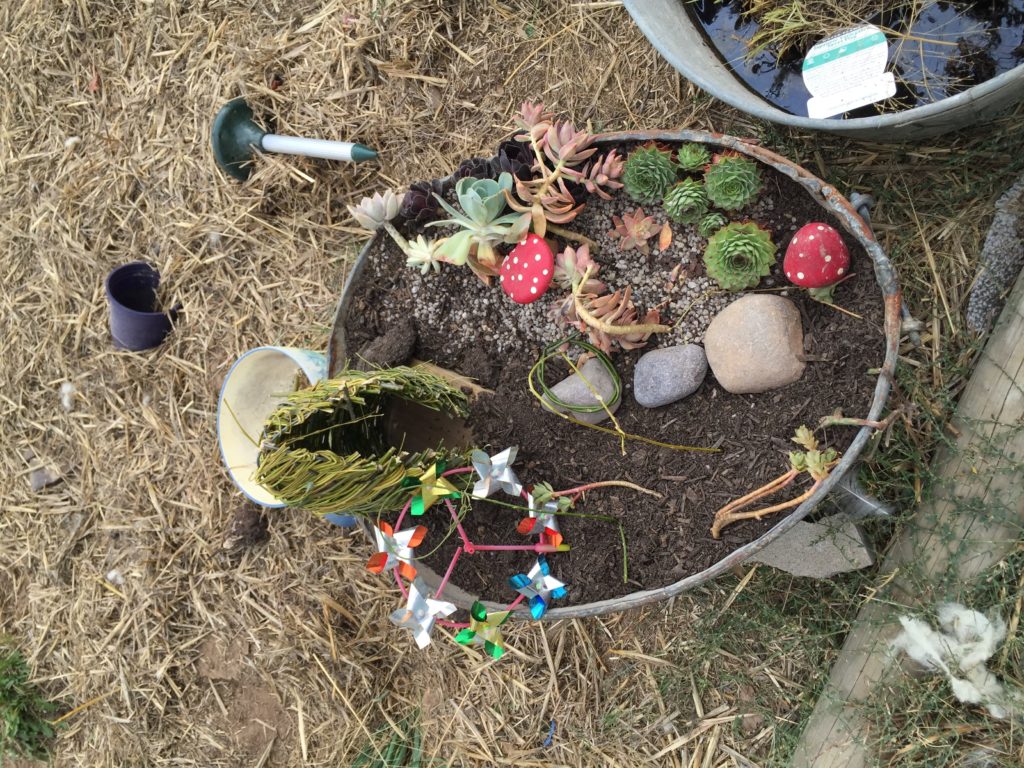
Take your kids or grandkids out into the garden every chance you get and allow them the freedom to discover the environment for themselves. Yes, they will get dirty and yes, they will get wet, but they will also make up fabulous games and ask you lots and lots of questions and no because I said so won’t cut it as your answer. The learning that occurs in a garden is amazing.
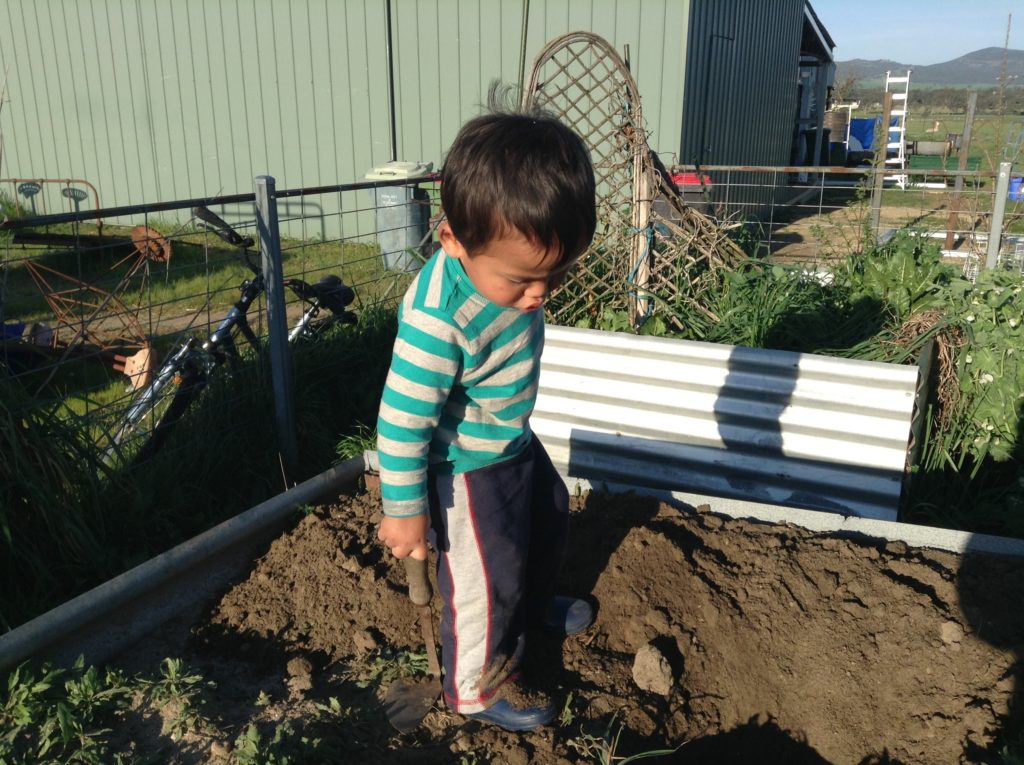
Going on a snail hunt at dusk after rain and then feeding those snails to the chooks is heaps of fun and a completely non-toxic way to rid your garden of snails! You can weave your own fairy house out of willow or suitable vines -passionfruit, grapevine and Banksia Rose all work very well, they will brown off as they dry and have a completely different look. Paint stones and write plant names on them for garden markers. Construct garden structures from bamboo. Use old pallets to build a child size potting bench. Have some fun in the garden this spring!
